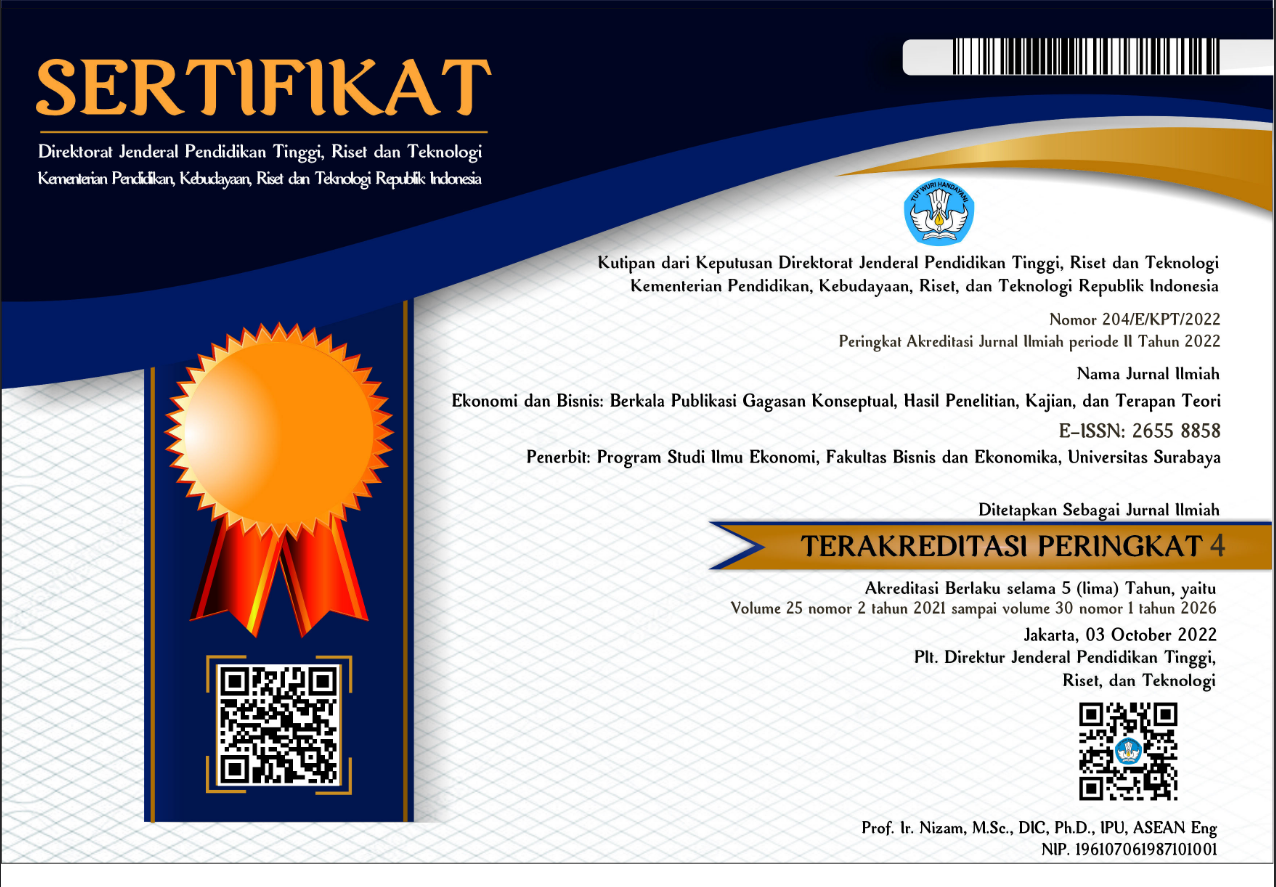POTENSI PENGEMBANGAN SADE SEBAGAI DESA WISATA LOMBOK
 Abstract Views:
1255 times
Abstract Views:
1255 times
 PDF Downloads:
3774 times
PDF Downloads:
3774 times
Abstract
The background of the problems in this study is the decreasing quality of Sade hamlet amid rising tourist arrivals. From the environmental aspect, the conditions of the hamlet began to decline, in which the initial pattern of Sade has started a lot of changes towards the deficient and began to leave the local tradition. One effort to improve the condition of Sade hamlet in social, cultural and the environmental aspect is through the formulation of a sustainable structuring, the presence and identity maintaining and making a sustainable Tourism Village. Through analysis of AHP (Analytical Hierarchy Process) by collecting the perceptions of some experts through interviews and questionnaires, obtained by weighting the priority of the experts, namely the preservation of culture as an element of priority-level goals to be achieved in the development of Sade Hamlet as a tourist village at 0,476. While the determination of the level of the main criteria in the achievement of these objectives is the highest weight while maintaining a typical village environment at 0.319. Priority strategies that get the highest weight of the experts is that Sade Hamlet Revitalization with a priority weighting of 0.583. The second priority is the relocation of Hamlet at 0.235. Lowest weighting or last priority is Replication Sade Hamlet at 0.182.
Downloads
References
Anonim, 2009, Rencana Pembangunan Jangka Menengah Daerah 2009-2013. Pemerintah Provinsi Nusa Tenggara Barat. Mataram.
Anonim, 2012, Lombok Tengah Dalam Angka. Badan Pusat Statistik Provinsi Nusa Tenggara Barat, Mataram.
Anonim, 2012, Profil Desa Rembitan Tahun 2010-2011, Pemerintah Kabupaten Lombok Tengah. Praya.
Anonim, 2009, Undang-Undang RI No.10 Tahun 2009 Tentang Kepariwisataan, Kementerian Hukum dan Hak Asasi Manusia, Jakarta.
Anonim, 2005, Peraturan Pemerintah RI Nomor 36 Tahun 2005 Tentang Peraturan Pelaksanaan Undang-Undang Nomor 28 Tahun 2002 Tentang Bangunan Gedung, Kementerian Hukum dan HAM, Jakarta.
Bambang, B. PS, 1992, AHP, PAU-Studi Ekonomi Universitas Indonesia, Jakarta.
Daryanto, A. dan Hafizrianda, Y., 2010. Model-model Kuantitatif untuk Perencanaan Pembangunan Ekonomi Daerah. IPB Press, Bogor.
Gamal, S., 1997, Dasar-dasar Pariwisata. Andi Publisher, Yogyakarta.
Iqbal, M. H., 2002, Pokok-pokok Materi Metodologi Penelitian dan Aplikasinya, Ghalia Indonesia, Jakarta.
Kuncoro, Mudrajad, 2003. Ekonomi Pembangunan, Teori, Masalah dan Kebijakan, UPP YKPN, Yogyakarta.
Tarigan, 2005, Ekonomi Regional Teori dan Aplikasi. Penerbit PT Bumi Aksara, Jakarta.
Thandi AN., 2010, “Challenges of Suistainable Rural Tourism Development in Kwazulu-Natal”, Journal Humaniora & Social Science, 2(1): 44-53
Saaty, Thomas L., 2008, “Decision Making With The Analytic Hierarchy Process”, International Journal of Services Sciences, 01/2008; 1(1):83-98.
Wiendu, N., 1993. Concept, Perspective and Challenges, Makalah bagian dari Laporan Konferensi Internasional Pariwisata Budaya Yogyakarta. Gajah Mada University Press.Yogyakarta.

 DOI:
DOI:















